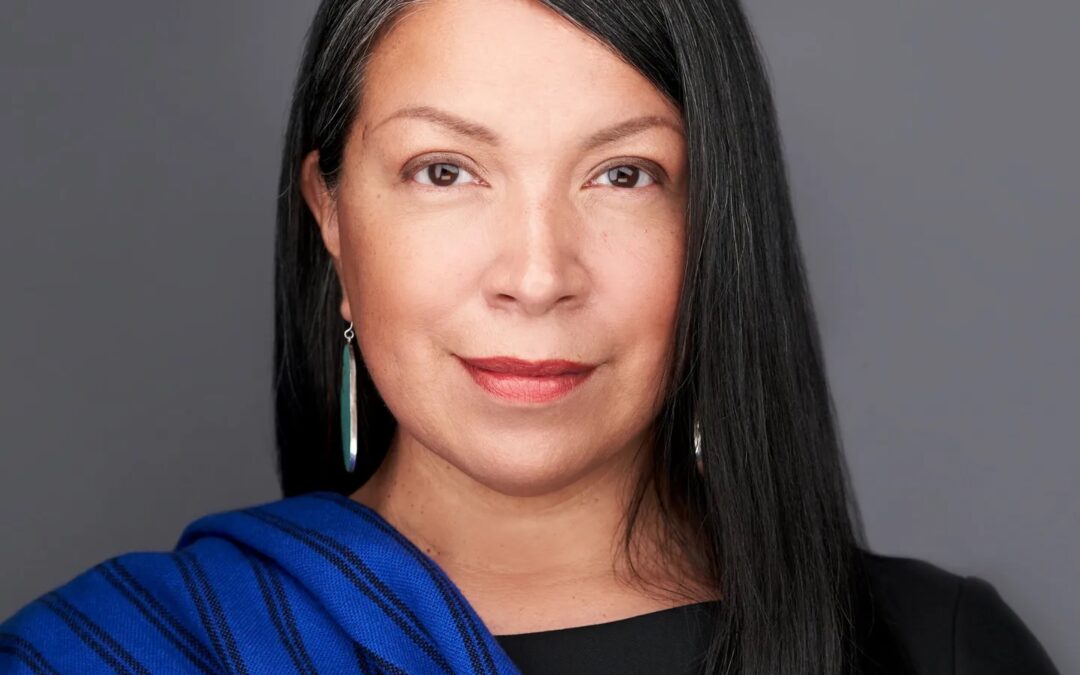Every summer, art historian and curator Patricia Marroquin Norby (Purépecha) migrates back from her path-making work in New York City to enjoy her six-acre farm in rural Wisconsin. There, she cultivates milkweed to help monarch butterflies expand their numbers before they embark on their annual autumn flight back to Michoacán, Mexico — which is also home to Norby’s ancestral pueblo, the Purépecha community.
It’s a seasonal ritual that keeps Norby connected to her childhood roots in the Midwest. Growing up in Chicago, Norby was deeply influenced and inspired by visits to the Art Institute of Chicago (where she later studied as a graduate student) and the Field Museum of Natural History (where she eventually joined the Board of Trustees).
After obtaining a bachelor’s degree in fine art from Clarke University in Iowa, Norby was drawn to UW–Madison for an MFA in fine art. In Madison she found a robust community of fellow Indigenous students and faculty, including Professor Truman Lowe MFA’73 (Ho-Chunk), who pushed her to grow both as an artist and an academic. Thanks in part to his mentorship, Norby realized she was primarily passionate about studying rather than making art, and she trained to become an art historian alongside her studio work.
In 2003, Lowe pushed her forward yet again after his appointment as curator of contemporary art for the Smithsonian Institution’s then-new National Museum of the American Indian (NMAI). Lowe invited Norby to join him in Washington, DC, as a visiting scholar. There, Norby contributed to the museum’s inaugural Our Lives exhibit. Years later, Norby became a senior executive and assistant director of NMAI-New York.

